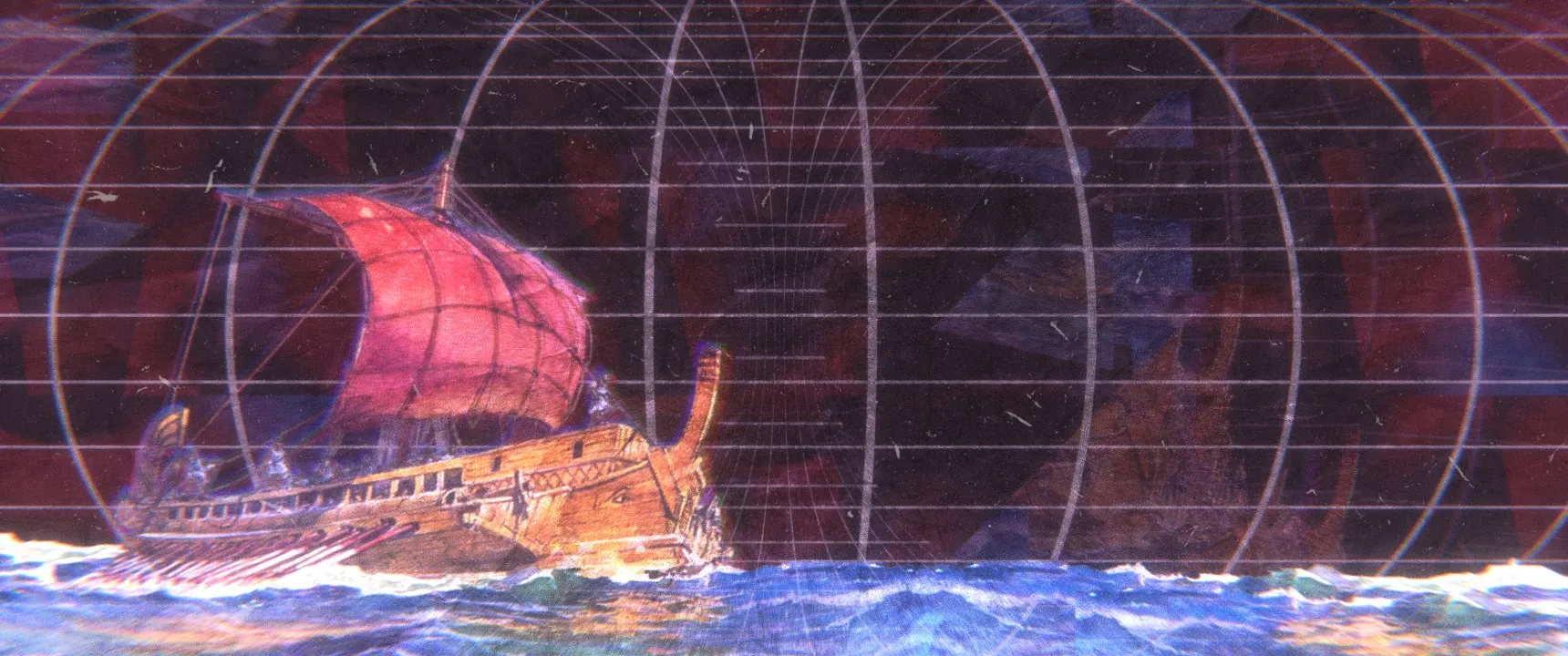
Imagine a ship that sails for decades. Planks rot and get replaced, one by one, each new board fitted exactly where the old one was. The grain is different, but the shape holds. The carvings are repainted in the same places. Eventually, no original material remains. Is it still the same ship?
The question forces us to look past material continuity and ask what actually persists when everything that composes a thing can change. It reminds us that persistence isn’t about matter but about process. A thing endures when the organization that rebuilds it keeps running. What persists isn’t the planks, but the pattern that holds them together.
For simple systems like water, position doesn’t matter. Molecules can trade places forever and the whole stays the same. But for complex, living systems, arrangement is everything. The pattern itself carries information about how to stay alive. If you move the heart to the foot, the body fails. Structure is the carrier of meaning.
Living systems stay coherent because they’re always correcting themselves. Every cell participates in keeping the whole in working order, even without knowing the plan. They do this through a kind of distributed protocol: a set of rules for sensing errors and restoring balance. It’s not a top-down program. It’s a web of local feedback loops – chemical, electrical, mechanical – that together guide the system back toward a viable form. DNA and metabolism are how that protocol is written into matter.
What holds a living thing together is that nothing stops talking. Every part sensing, signaling, adjusting… constantly. The body isn’t a “thing”. It’s a conversation that refuses to end. Each correction helps preserve the conditions that make future correction possible. The system doesn’t just adapt, but adapts how it adapts. That’s recursion in action: alignment of the process of alignment.
Torus takes this very same principle and makes it explicit. The protocol is the shared grammar that keeps agents coordinated and unified across scales. Each agent acts locally, but its actions feed into the same field that defines coherence for everyone else. If one agent falls short, another replaces it. The stake root serves as the shared attractor that keeps distributed behavior orbiting around collective stability and interest. The swarm persists because the field of interaction keeps restoring its own shape.
What endures, isn’t the parts. It’s the pull toward coherence. The pattern that keeps rebuilding itself. Theseus never needed the same planks. He needed the process that maintains the coherence of the ship’s pattern. He needed the ship to remember how to keep sailing.
Torus.